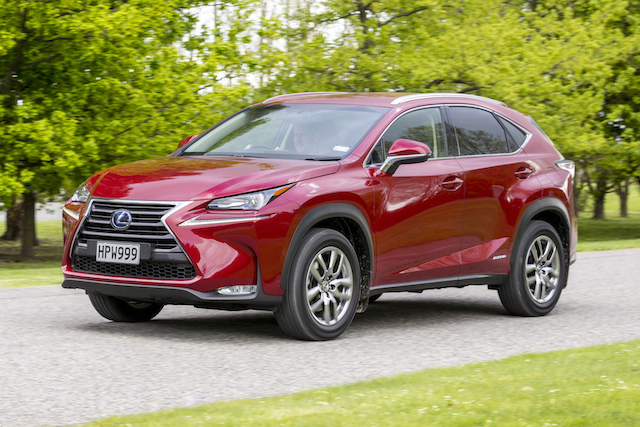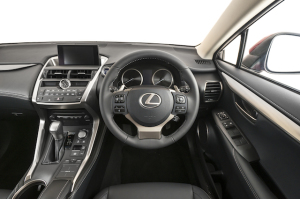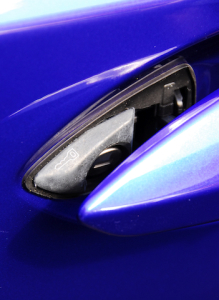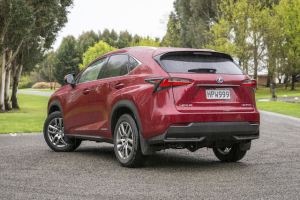
Luxury Japanese carmaker Lexus is claiming a world-first patent for the design of the door handles on its new SUV, the hybrid NX – but you won’t find a word about it in the New Zealand press release. The Lexus marketing people at parent Toyota’s compound in Palmerston North somehow overlooked the ground-breaking design, which reportedly took engineers in Japan three years to perfect. Forgetting the important little things is something that ‘Palmy’ benefactor ‘Pam’ wouldn’t have done, ‘Pam’ being the nickname of the fellow after whom Palmerston North is named. 


No problem there, carmakers these days use virtual reality software to find all sorts of uses for the one platform. The model that has just launched in NZ is the 300h. There are three variants: the 300h ($81,900) is front-wheel drive, the 300h F Sport ($95,900) and 300h Limited ($95,900) are all-wheel drive. Under the bonnet is a 2.5-litre four-cylinder Atkinson cycle petrol engine mated to an electric motor and generator, a package delivering 145kW/210Nm. Lexus claims town-and-around fuel use of 5.7 litres/100km (50mpg) and CO² emissions of 131-133g/km. Come the new year one and there will be another NX variant, the non-hybrid 200t. The little ‘t’ stands for ‘turbo’ and denotes a boosted 2.0-litre four-cylinder engine generating 175kW/350Nm, considerably more oomph than the 300h. The 200t is the first Atkinson cycle turbocharged engine, one insisted upon by engineer Kato for the NX. Lexus claims fuel use of 7.7-litres/100km (38mpg) and a CO² emissions figure of 178-184g/km. Prices for the NX200t rnage will be known in the New Year.
- ‘Pam’ left a trail of social firsts, many of them good. He ended the shipping of convicts to penal colony Tasmania; made it possible for juvenile criminals to go to reform school instead of jail; helped push through compulsory vaccination for children; introduced a law that stopped employers paying workmen in goods instead of money; paved the way for the courts instead of the church to grant divorces. Not so good was his stand against the British working class getting the vote; his womanising (The Times nicknamed him ‘Lord Cupid’ before he married his mistress); or his opposition to home rule for Ireland. He feared losing to republicans the vast estate he had inherited in County Sligo. Queen Victoria never liked him; but Florence Nightingale did, publicly mourning his death in October 1865, two days before his 81st birthday.
